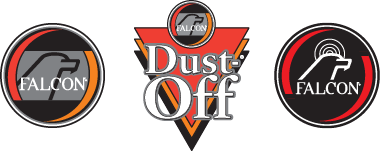The U. S. Coast Guard requires boats and vessels to have a wearable life jacket for each person aboard which must be:
- U. S. Coast Guard approved.
- The proper size for the intended wearer.
- In good and serviceable condition.
- Properly stowed (readily accessible).
 Type I Off-Shore Life Jacket
Type I Off-Shore Life Jacket
Designed for extended survival in rough, open water. It usually will turn an unconscious person faceup, and has more than 22 pounds of buoyancy. This is the best PFD to keep you afloat in remote regions where rescue may be slow in coming. Although it’s permitted, a Type I life jacket may be too bulky to allow you to paddle.
Where to Use: Open, rough or remote water, where rescue may be slow in coming.
 Type II Near-Shore Buoyant Vest
Type II Near-Shore Buoyant Vest
Comes in several sizes for adults and children and is for calm, inland water where there is a chance of fast rescue. It is less bulky and less expensive than a Type I, it has 15.5 pounds of buoyancy and many will turn an unconscious person faceup in the water.
Where to Use: Good for calm, inland water, or where you have a good chance of a fast rescue.
 Type III Flotation Aid
Type III Flotation Aid
Generally considered the most comfortable, with styles for different boating activities and sports. They are for use in calm water where there is good chance of fast rescue because they will generally not turn an unconscious person faceup. Flotation aids come in many sizes and styles.
Where to Use: Good for calm, inland water, or where you have a good chance of a fast rescue.
 Type IV Throwable Device
Type IV Throwable Device
Designed to be easily thrown and can serve as a backup to a wearable PFD. Not for non-swimmers, children or someone who is unconscious. Comes in cushions, rings or horseshoe buoy styles.
Where to Use: Good for calm, inland water with heavy boat traffic, where help is always nearby.
 Type V Special-Use Device
Type V Special-Use Device
Special-use PFDs include work vests, deck suits and hybrids for restricted use. Hybrid vests contain some internal buoyancy and are inflatable for additional flotation.
Where to Use: Required to be worn for special uses or conditions such as sailboarding or rafting.
 Type III and V Inflatable and Hybrid Devices
Type III and V Inflatable and Hybrid Devices
These are highly visible when inflated and turn most wearers and unconscious users faceup faster than traditional PFDs. Comfortable and less bulky.
Where to Use: Required to be worn to meet legal requirements and must be used only for approved activities.


